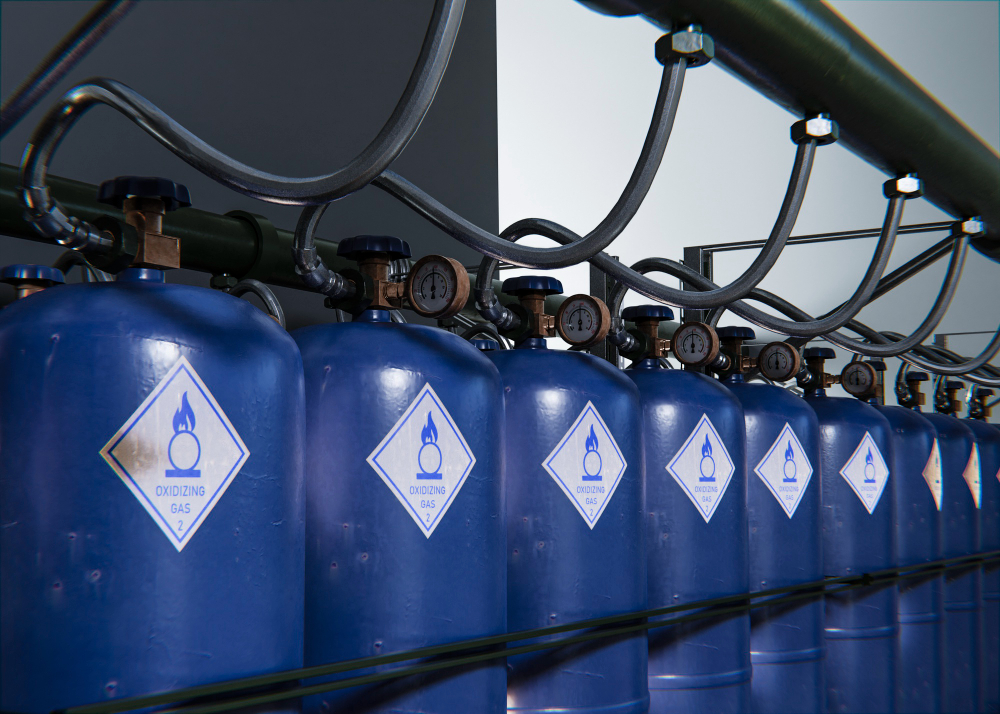Mineral spirits, also known as white spirits or mineral turpentine, are a commonly used solvent in various industries and household applications. Despite its prevalence, many people may not fully understand what mineral spirits are and how they are used. In this article, we’ll delve into the world of mineral spirits, exploring their composition, applications, and safety considerations.
What Are Mineral Spirits?
Mineral spirits are a petroleum-derived solvent composed primarily of hydrocarbons, including aliphatic, aromatic, and cyclic compounds. They are produced through the distillation of crude oil, resulting in a colorless to pale yellow liquid with a characteristic odor. The specific composition of mineral spirits can vary depending on factors such as the refining process and intended application.
Versatility in Cleaning and Dilution
One of the primary functions of mineral spirits is as a solvent, capable of dissolving a wide range of substances, including oils, greases, waxes, and resins. This versatility makes mineral spirits invaluable in cleaning applications, where it can be used to remove paint, varnish, adhesives, and other stubborn residues from surfaces. Additionally, mineral spirits are commonly used as a diluent in oil-based paints and coatings, helping to achieve the desired consistency and flow.
Enhancing Workability and Clean-Up
As a paint thinner, mineral spirits play a crucial role in the painting process, allowing artists and DIY enthusiasts to adjust the viscosity and drying time of oil-based paints. By adding mineral spirits to paint, users can achieve smoother brushstrokes, blend colors more effectively, and facilitate easier clean-up of brushes and equipment. Furthermore, mineral spirits can be used to thin wood stains, varnishes, and polyurethane finishes, ensuring even application and professional results.
Supporting Manufacturing and Maintenance
Beyond the realm of DIY projects and artistic endeavors, mineral spirits find widespread use in various industrial applications. In manufacturing settings, mineral spirits are employed as a degreaser and cleaner for machinery, equipment, and parts. Their ability to dissolve oils and contaminants makes them effective for removing lubricants, cutting fluids, and metalworking residues, helping to maintain operational efficiency and prolong equipment lifespan.
Handling and Storage Precautions
While mineral spirits are invaluable for their solvent properties, they also pose certain health and safety risks that should not be overlooked. Inhalation of vapor or prolonged skin contact with mineral spirits can cause irritation to the respiratory system and skin. Additionally, exposure to high concentrations of mineral spirits in poorly ventilated areas may result in dizziness, nausea, and headaches. It is essential to handle mineral spirits with care, wearing appropriate personal protective equipment (PPE) and ensuring adequate ventilation in workspaces.
Minimizing Disposal Risks
Due to their petroleum-based composition, mineral spirits can have environmental implications if not properly handled and disposed of. Improper disposal of used mineral spirits, such as pouring them down drains or onto the ground, can contaminate soil and water sources, posing risks to ecosystems and human health. To minimize environmental impact, it is important to follow local regulations for the disposal of hazardous waste and consider using alternative, eco-friendly solvents when possible.
A Valuable Tool with Cautionary Notes
In conclusion, mineral spirits are a versatile solvent widely used in cleaning, painting, manufacturing, and maintenance applications. While their solvent properties make them invaluable for various tasks, users should exercise caution when handling and disposing of mineral spirits to minimize health and environmental risks. By understanding the composition, uses, and safety considerations associated with mineral spirits, individuals and businesses can harness their benefits while minimizing potential drawbacks.






